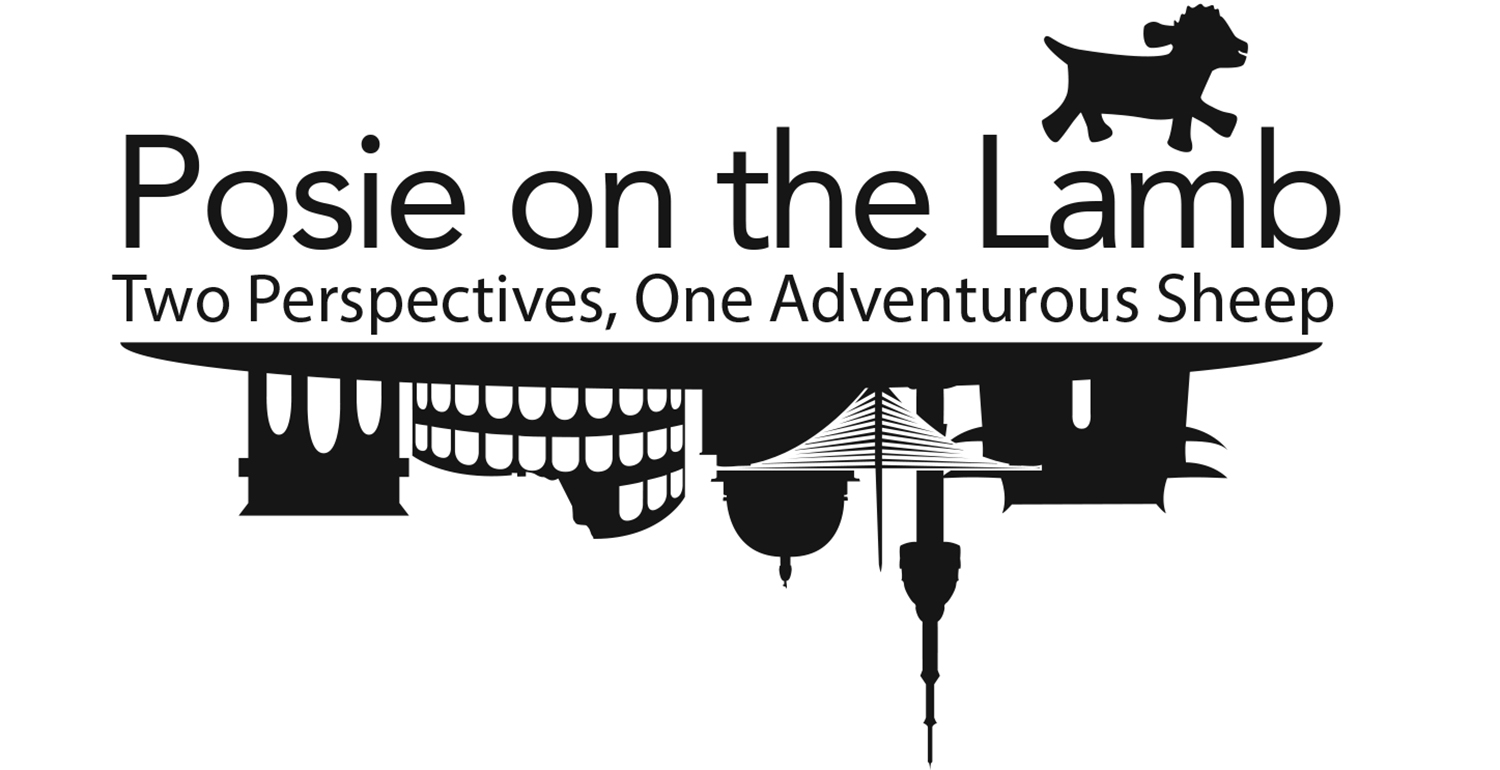Winter Abundance

’Tis the season of gyul on Jeju, and I’m overwhelmed with citrus cheer. Gyul, or Korean tangerines, are the island’s signature crop. Roughly 500 varieties of are grown here, with new kinds being developed all the time. As of 2015, 85% of Jeju’s farmers grow gyul, and their work makes up 99% of Korea’s domestic citrus fruit production.
In short, it’s a lot of fruit. From late November to early February the island is flush with fresh tangerines. They’re handed out gratis in cafes, restaurants, even the neighborhood eye glasses shop. It’s such a ridiculous bounty you can’t even give the darn things away.
In practical terms this means every resident has the moral obligation to stuff down as many gyul as possible. My fingertips are stained a semi-permanent orange from the daily marathon of peeling. I carry a handful of tangerines in my purse, and hand them out to friends and coworkers who, in turn, are handing off theirs to me. It’s a good day when I break even.
I’m hampered in these efforts by the magnificent generosity of my colleagues who bring me tangerines by the bagful. (In the middle of writing that last sentence I was summoned to the boss’ office for a snack of softball-sized cheonhaehyang. Seriously, it’s madness here.)
Jeju has been known for citrus fruits since at least the 5th century C.E. It was specifically cultivated for tangerine production during the Joseon Dynasty (and also for housing political exiles, but that’s another story). In the 1960s President Park Chung-hee called for the expansion of Jeju’s orchards during his push for rapid economic development, and the amount of land producing tangerines had increased nearly a hundredfold by 1974.
Driving around Jeju today you can see orchards everywhere, often wedged amongst the newer development of hotels and cafes. The most plentiful crop is gamgyul (감귤) a small, mandarin orange-style tangerine. But the island’s trademark is hallabong (한라봉) named for Halla Mountain, the iconic volcano at the center of the island. They even have a bump that mimics the mountain’s bulging crater. Hallabong are bigger, more delicious, and much more expensive than regular gamgyul.
(They’re also originally from Japan: this particular variety was developed in 1972 under the name dekopon. But this might not be the most tactful bit of trivia to bring up around Jeju, and anyway, the fruit’s certainly naturalized by now.)
Food is a big part of regional identity in Korea, and it plays a huge role in domestic tourism. Most Korean cities have a specific food associated with them, like Chungju apples, Jeonju bibimbap, and Gyeongju sweet bean bread. Visitors to Jeju (and there are many, many of them) order hallabong lattes, peruse Christmas-lit stores selling identically expensive boxes of hallabong, and carry home bags of hallabong chocolates and jars of hallabong tea.
And there’s a museum for it too! To be fair, Jeju has a museum for everything: art, chocolate, Greek mythology, the haenyeo freedivers, cars, Hello Kitty…* The Seogwipo Citrus Museum is not only informative, but also way more pocket-friendly than most tourist attractions: for 1,500 won (≈$1.30) you can enjoy the informative citrus sniffers…
…as well as the green house and the orchard. And that includes the opportunity to wear a giant plush tangerine on your head. Plus I learned that eating two tangerines a day will supposedly help fight off cancer, so right now I should be way ahead of that game.
I really don’t need all these fancy extras, though. For me, the best part of citrus season is the season itself. After two winters in Mongolia—essentially pre-scurvy and barking for vitamin C—I’m dazzled by this January abundance. And so if this is my duty as a resident of Jeju, then I am happy to shut up and eat.
-Erin
*…glass, teddy bears, folklore, tea, aircraft, Leonardo da Vinci, computers, mazes, sexual health…
P.S. Got something to say about citrus fruit? We’d love to hear from you! Head over to our Facebook page to leave a comment.



